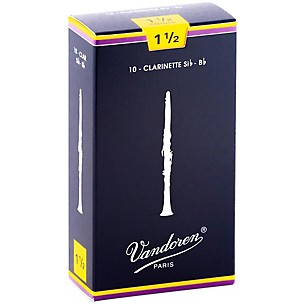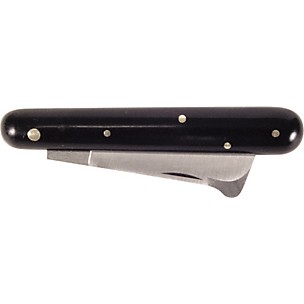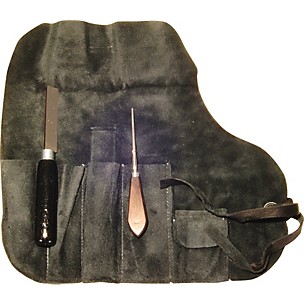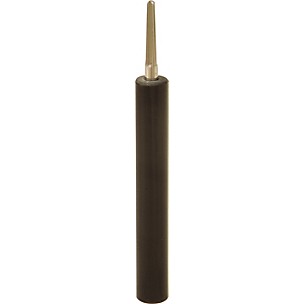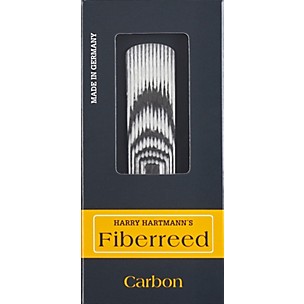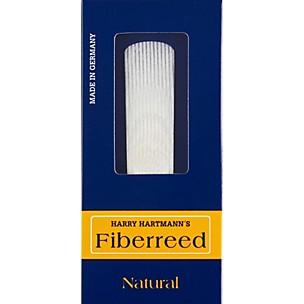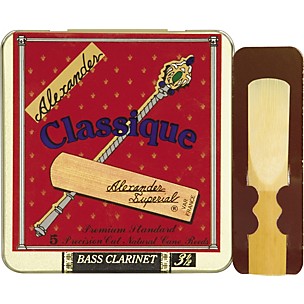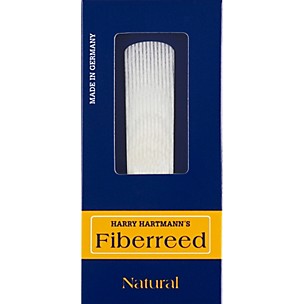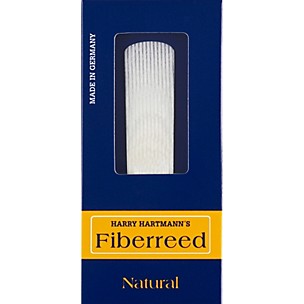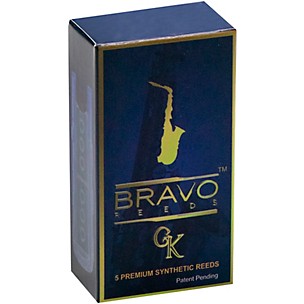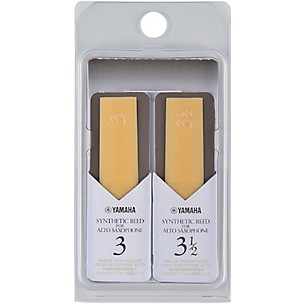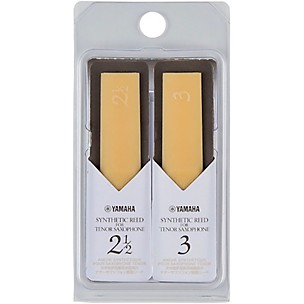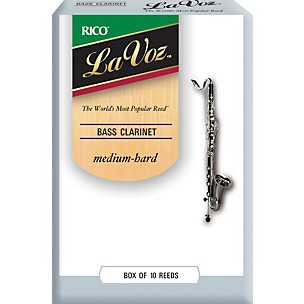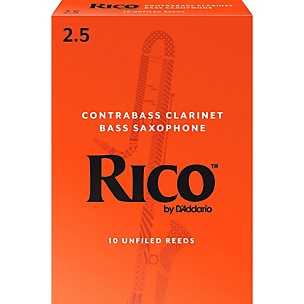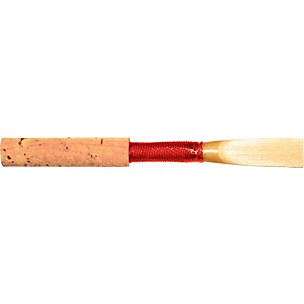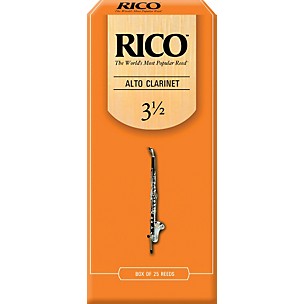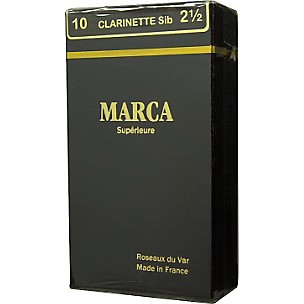
Top Brands

Everyday Reed Maintenance Tips
READ MORE
When's the Right Time to Replace Clarinet Reeds?
READ MORETop Selling Accessories
Reeds
About Reeds
With the exception of the flute family nearly all woodwind instruments use reeds to produce their sound. These come in two main types: single reeds such as saxophone reeds or clarinet reeds and double reeds found on instruments like the bassoon and oboe. A single reed works by being secured to a mouthpiece within which it can vibrate to create sound while a double reed consists of two layers that vibrate against one another. Each type of reed is available ready-made although many players of double-reed instruments choose to fashion their own reeds by hand from raw pieces of cane.
Most reeds are made from a cane plant called "Arundo donax" which creates a warm sound preferred by many musicians and was once considered the only suitable reed material. Today however that conventional wisdom is challenged by synthetic reeds produced by manufacturers like Harry Hartmann. These reeds require less care tend to last longer and unlike cane reeds are not affected by changes in humidity. This makes them popular for players wanting excellent stability or those who play outdoors.
The sizes and styles of reeds are standardized for each unique instrument that uses them but they are not all created equal. A reed has a defined "strength" which describes its rigidity: softer reeds are easier to play while stronger reeds produce a more powerful sound. Some product lines including Vandoren Rico Reserve Rico Royal and Mitchell Lurie reeds indicate strength with a number scale. Others like the Jones bassoon reed use word ratings (medium hard soft etc.) and some use both - D'Addario Woodwinds and Legere reeds for instance. Since there is no universal standard for measuring strength the same number reed from different manufacturers may not be the exact same. Reed makers may also shape their reeds differently altering the sound.

